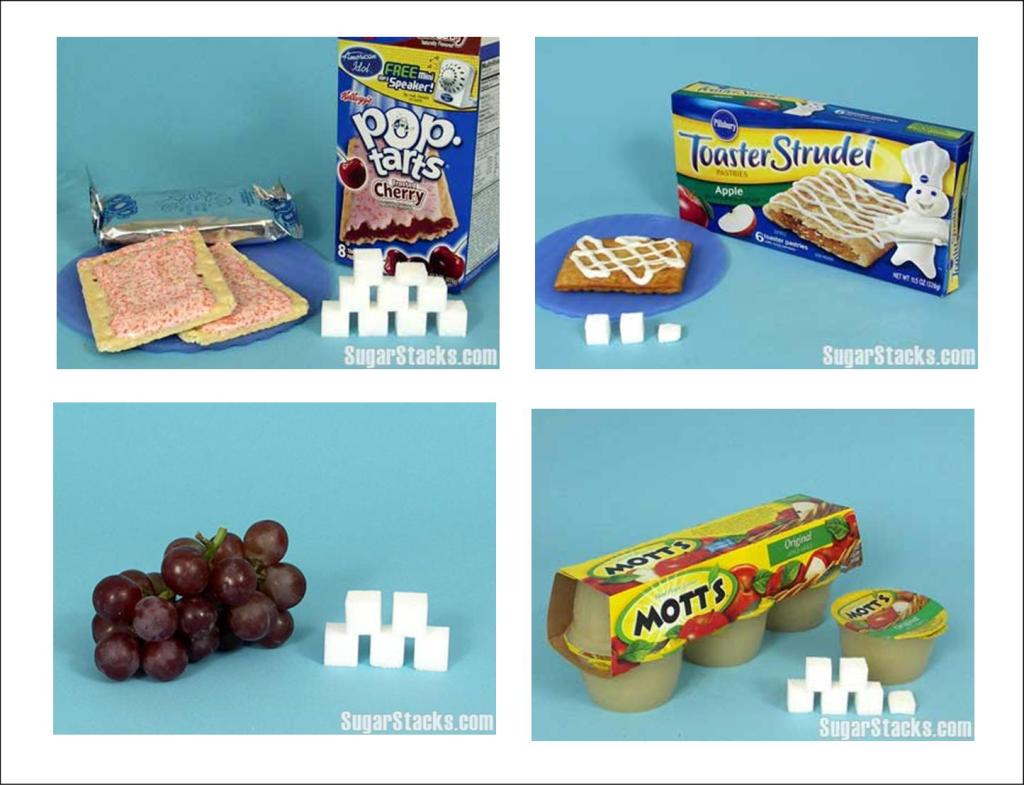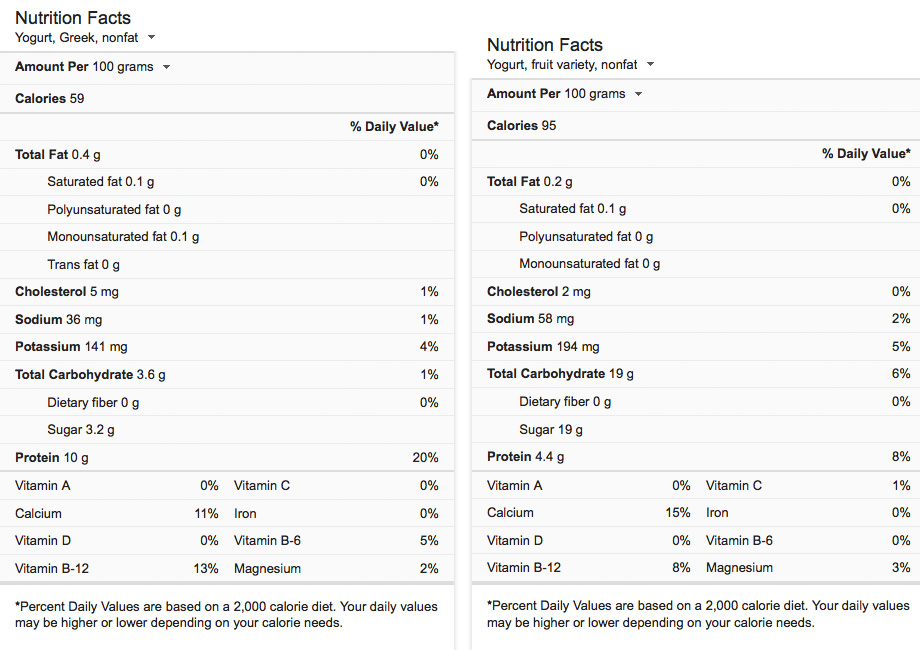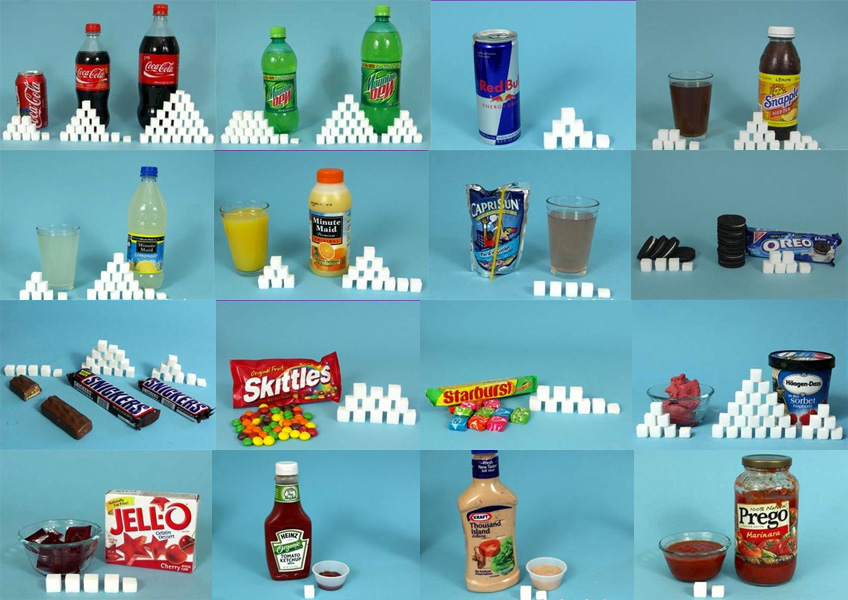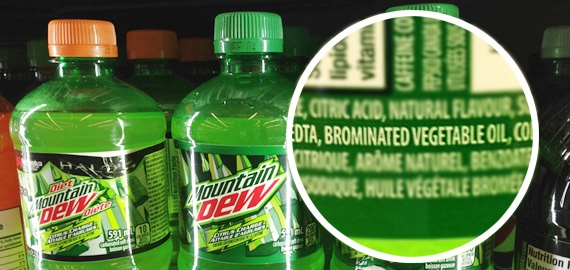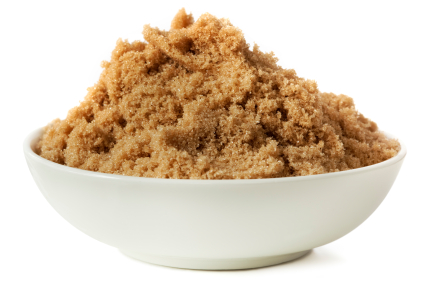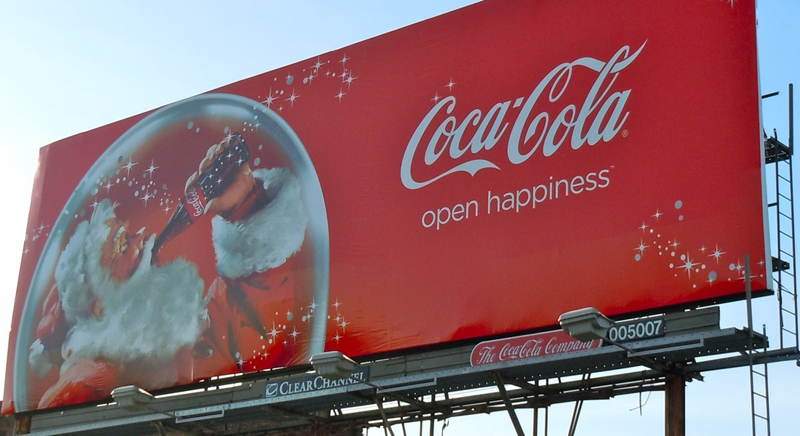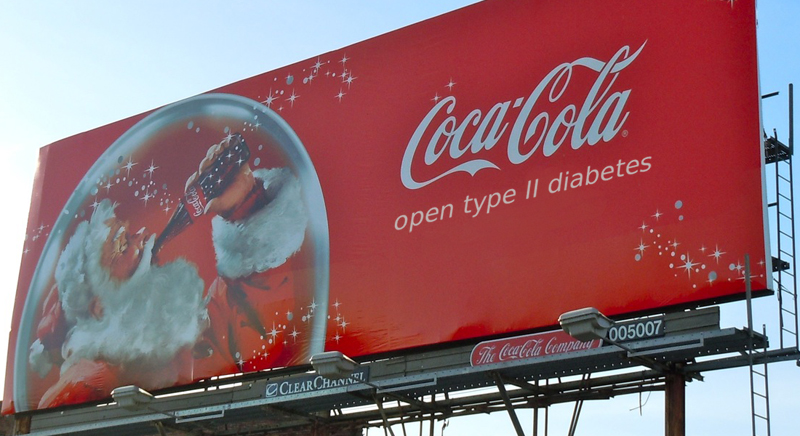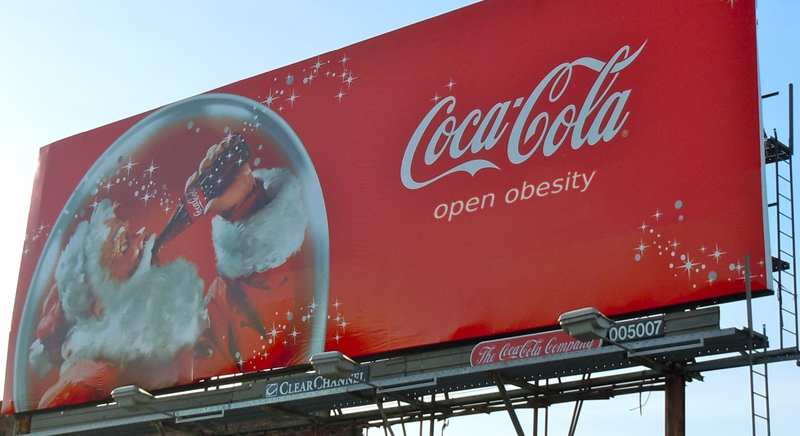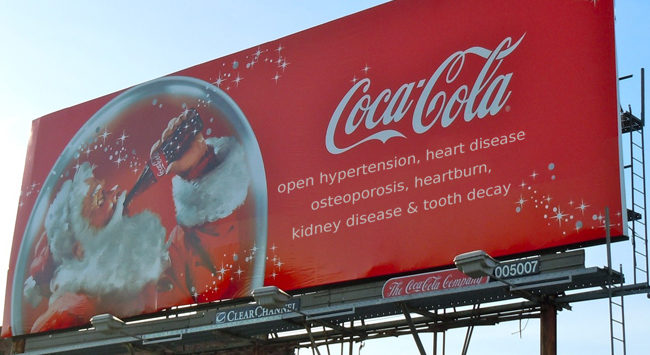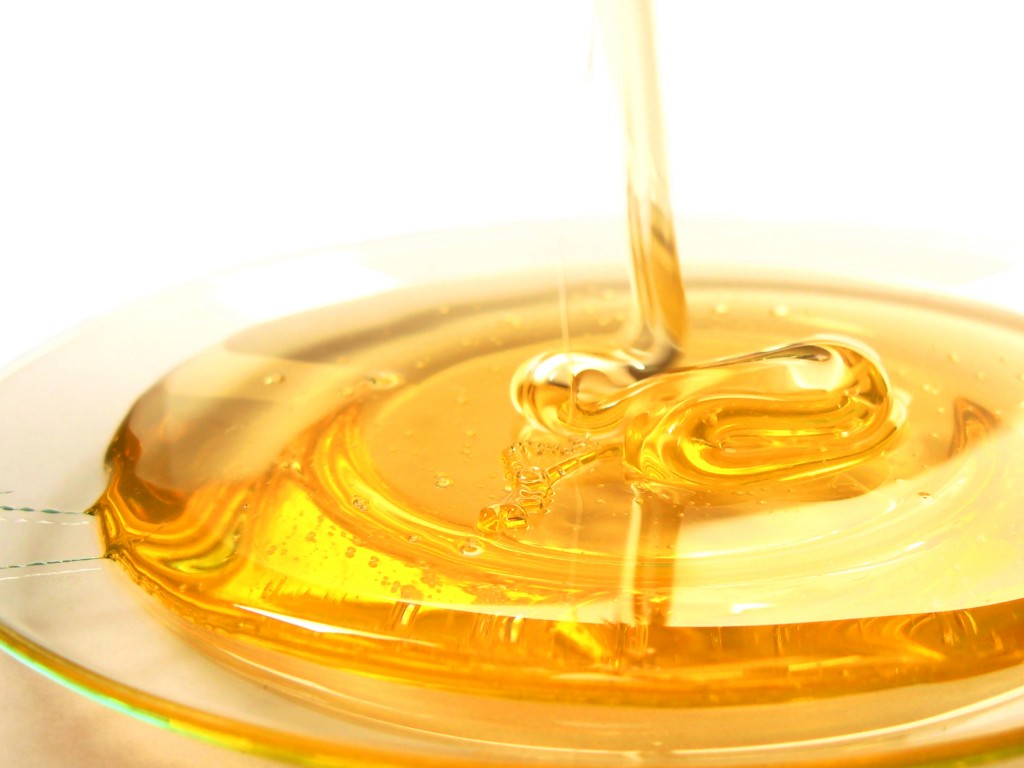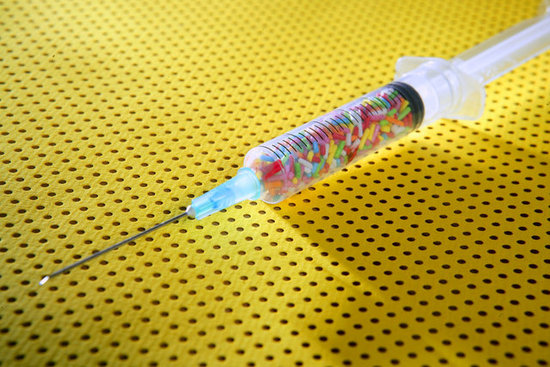The first thing you need to know is that most of us eat way too much sugar. According to estimates, the average American eats 130 pounds of sugar each year. That’s a lot of sugar.
The second thing you need to know is that most of us are really, really awful about estimating where our sugar comes from. That’s because many of the seemingly innocuous foods we eat are secretly high in sugar. Foods like barbeque sauce. Or milk. Or ketchup.
Breakfast is no exception. And to eliminate all ignorance, let’s do some math and figure out how much sugar you ate this morning.
Maybe you had a cup and a half of raisin bran cereal, one cup of skim milk and a glass of orange juice. It all seems so innocent, doesn’t it? Until you do the math.
According to the nutrition information, a cup and a half of raisin bran has 27 grams of sugar. Add that to the 12 grams in a cup of milk. And the 21 grams in a cup of orange juice. Your breakfast total is 60 grams of sugar.
Here’s where it gets really gross.
We know that four grams of sugar is equivalent to one teaspoon. So if we divide 60 grams by 4 grams per teaspoon, we’re left with 15 teaspoons of sugar for breakfast. While most of us find grams hard to understand, 15 teaspoons of sugar is a much clearer (and more disgusting) metric.
Not to single out raisin bran, most cereals are loaded in added sugars. In many breakfast cereals, sugar is the second ingredient. Sometimes it’s the first. As such, it’s important to read the nutrition information and ingredients carefully. In fact, I’ve written an entire article about buying healthy cereal.
Rather than cow’s milk, I also recommend opting for unsweetened almond milk. It’s rich, creamy and delicious. And it has exactly zero grams of sugar - making it an awesome upgrade to your diet.
Beyond milk and cereal, be suspicious of other breakfast foods with lots of sugar. These include energy bars, yogurts (especially with fruit on the bottom), muffins, certain smoothies and many frozen waffles/pancakes.
And instead of drinking orange juice, apple juice or other sugary beverages, consume the whole fruit. You’ll still get some sugar - but with lots of fiber and other important nutrients. You’ll feel fuller and experience less of a spike in your blood sugar.
So… how many teaspoons of sugar did you consume for breakfast this morning? What’s your number? Let me know in the comments below.
P.S. If you’re looking to lose weight, it takes more than cutting sugar. Download The Davey Wavey Weight Loss Program to get started today!







